Dover Castle, the "key to England" and its chalk cliffs as a protective shield
Hi Hive Friends,
today I would like to take you on a resie that was half a year ago now. When I saw the pictures on my phone the other day, I felt so reminded back. It was really a great time. early summer I flew to Great Britain with a friend. Actually, we only wanted to go on vacation to London. But then we made a side trip to the southeast, to the Dover Cliffs, also known as the chalk cliffs of Dover. So with a rental car we went from London to Dover.
I think it was the first time I saw chalk cliffs in my life. I was very impressed. The chalk cliffs are bright white. The cliffs of Dover form a not insignificant part of British coastline. From here you can actually see into France - very impressive! The cliffs are part of the North Downs range of hills.
As we looked down from the top, I actually got a little dizzy. So high! - The cliff front can actually be a full 106 meters from bottom to top in some places!
The chalk cliffs are formed from limestone. Lime, I learned at the time, is pure white calcium carbonate. I have otherwise only ever heard of lime in connection with my drinking water ;). This lime in the cliff is also partly black flint.
The cliffs run east and west of the town of Dover in County Kent. County Kent is an old but still significant English port. The chalk cliffs are very significant for many Britons. This is partly because they face continental Europe on the narrowest part of the English Channel. Long ago they could be a symbolic protection against threatening wars.
Large, white, magnificent chalk cliffs - more fragile than they appear at first glance
The chalk cliffs are protected by the National Trust. This is the largest cultural protection organization in Europe. For several decades, it has made it its mission, among other things, to buy up castles, gardens, land holdings and stretches of coastline with historical significance. The aim is to protect these historical buildings and places from development and exploitation. Now she owns 17.3 kilometers around Dover. For the most part, donations from the British were used. Because the chalk cliffs, which appear so mighty and stable, are more fragile than you might think at first glance. Again and again large chunks fall down from the white walls. Everywhere along the coast you can see these chunks lying.
A two hour hike along the cliffs
What I noticed during our visit to Dover and the Cliffs: There is less national consciousness than there used to be (I think this is a general development, not only in England). But the cliffs mean a lot to the locals and the English. It's probably because when many English people travel to distant lands, the cliffs are the last they see before they go on holiday. And it's the first thing they see when they get home. So it's no wonder that the British donated a lot to the preservation of the cliffs!
To be honest, I don't think Dover has much else to offer (apart from the fortress, of course, which I'll introduce to you in a moment). Correct me if I am wrong! Everything seems very quiet here, we didn't meet many residents who actually live here. Instead, a lot of tourists (well, it was also summer time and Corona a little less active;)). The village seemed rather sleepy. What we still liked were the harbor and the bay. You can stroll along the beach promenade, there are also a few old villas here.
We hiked from Folkestone to see the cliffs as best we could. You can also do a guided hike, but we decided against it, it just makes us feel freer.
Dover castle, the "key to England"
Many visitors to Dover arrive on the ferry to the mainland. Here you can admire the huge white chalk cliffs from afar, even before you have solid ground under your feet. Through the brilliant white they shine royally and majestically. And at that time they were also a kind of protective shield. Because it was only possible to go ashore at a few points. At the points where it was possible, many attackers were stopped by the inhabitants of Dover Castle. Dover Castle is one of the most impressive fortresses in Great Britain. That is why I would like to introduce it to you today. Because once you look at the chalk cliffs, you can not help but look at the fortress. Even today, believe it or not, the fortress is ready to serve as a shield.
Dover Castle is and was especially at that time also called the "key to England". Why? Well, it was easy for the owner of the castle to get into England. That is why the castle was always maintained and had enough equipment to be well defended.
An underground tunnel system
Dover Castle is the largest castle in England. Excavations show that the castle has a long history: originally it was probably a hill fort in the Iron Age. The current rectangular shape (keep) has also been there for some time: it dates back to the 12th century. It was created when Henry II had a large stone fortress built here.
At that time the tower of the castle was still very colorful. Many things that once decorated the tower have been reproduced. Today there is a cafe in the tower.
Because the castle has survived many wars, it has been renewed again and again and prepared for possible attacks. Over time, a seemingly endless network of secret tunnels was created to accommodate the large number of troops. In the tunnels there is now an underground tea room.
Castle Dover is accessible from London via the A2. It took us about an hour and a half by car. There were also many tourists there that day, but there were still enough free parking spaces there. You can also travel by train, Dover train station is not far from the castle. I hope I was able to inspire you to visit the chalk cliffs and the castle in Dover. While there isn't too much else to see, the castle and the cliffs are definitely worth coming here for! Please let me know how you found my post. I wish you a nice day :)
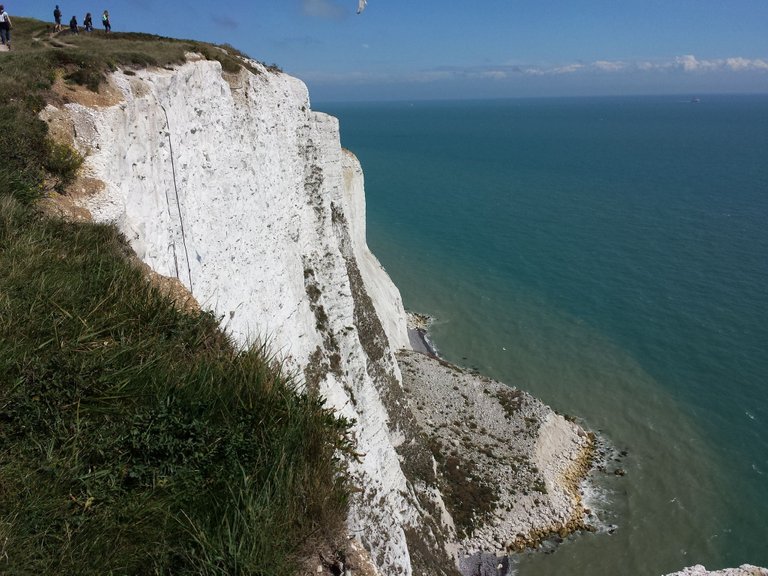

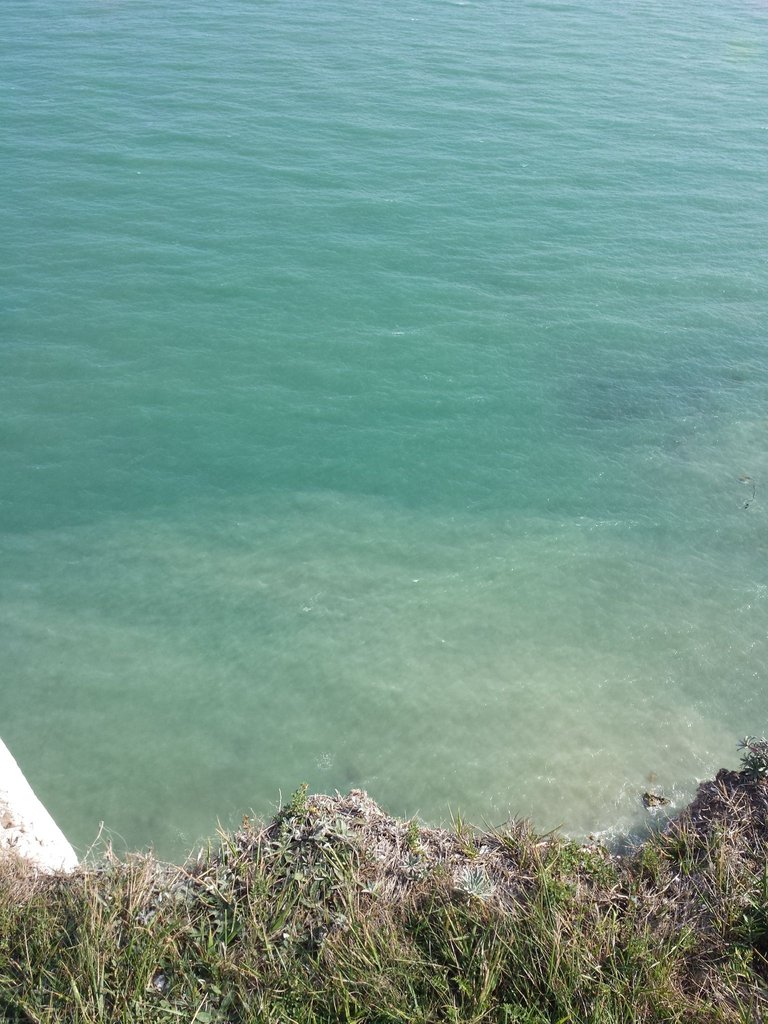



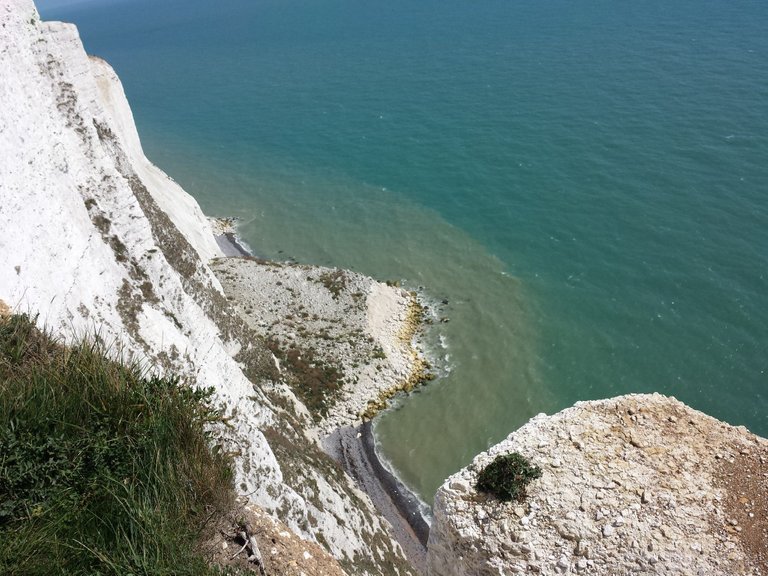
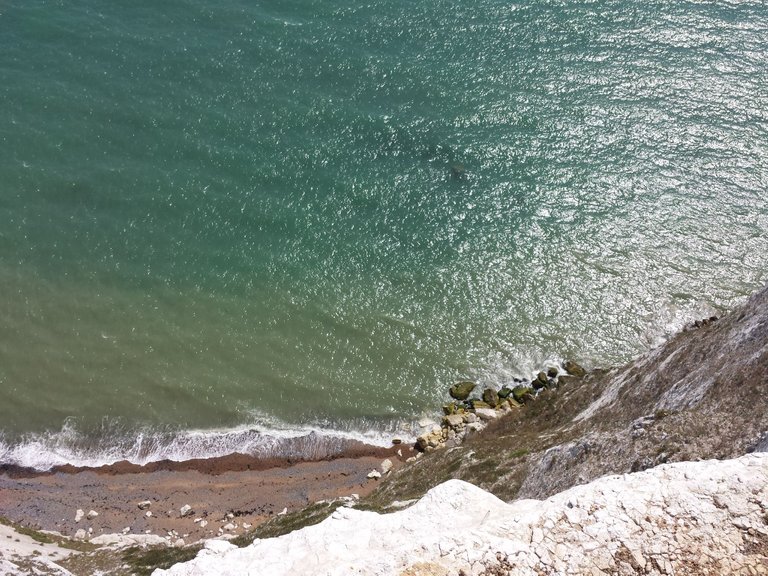
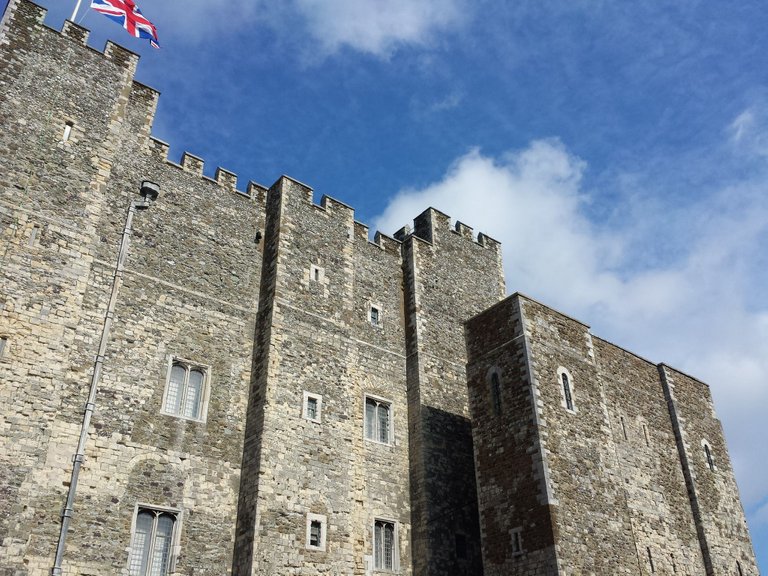
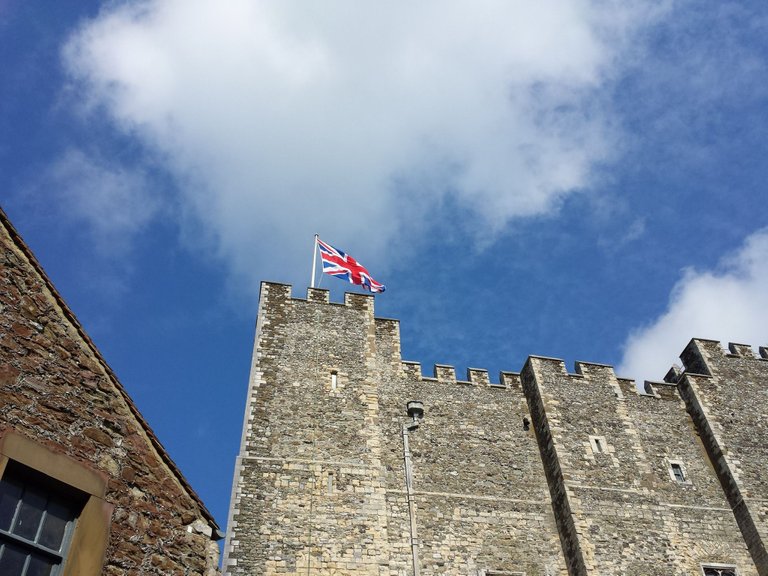

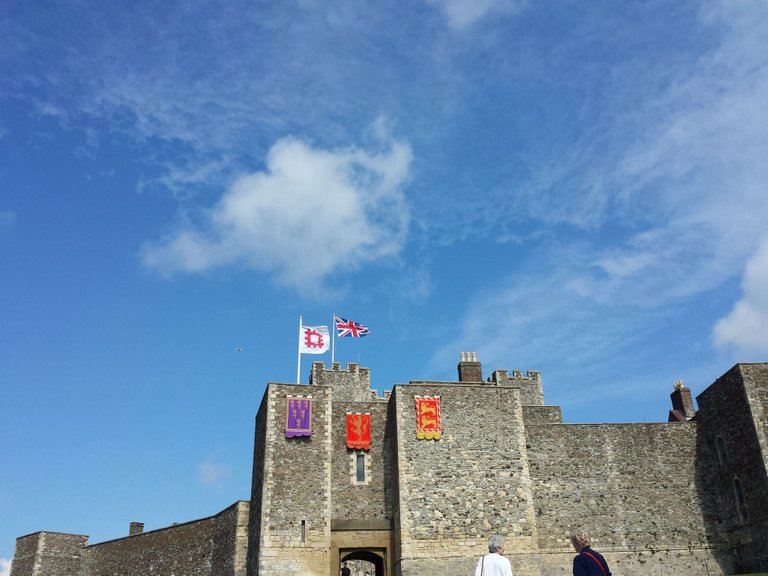
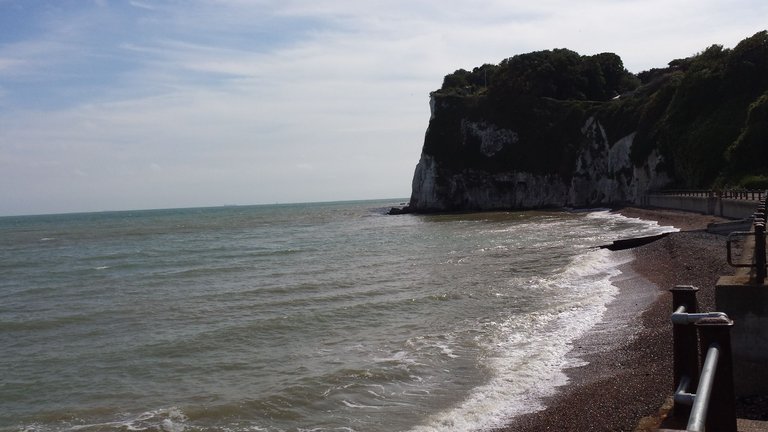
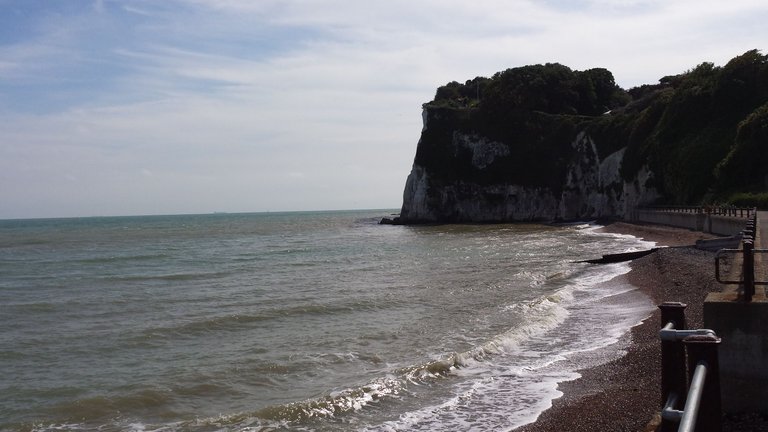
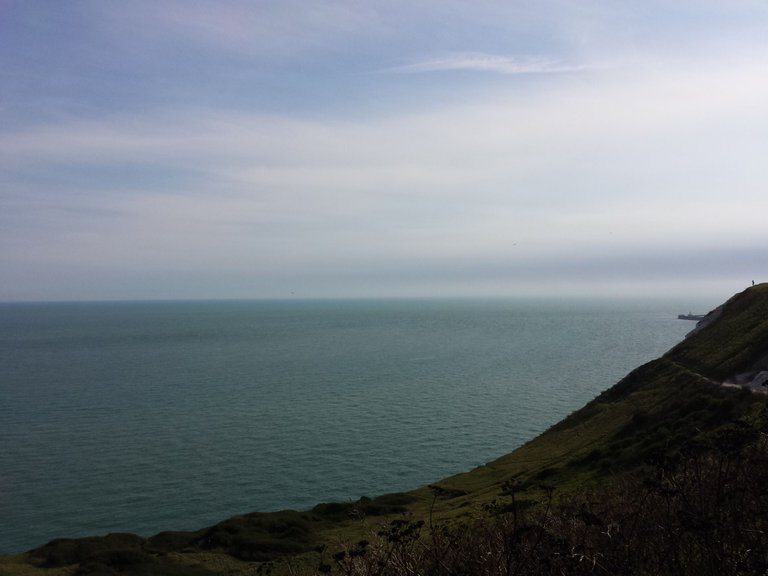
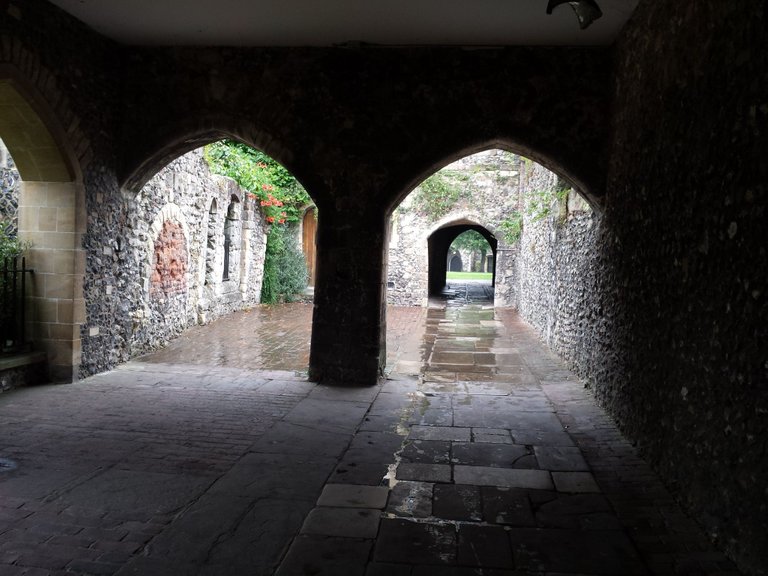
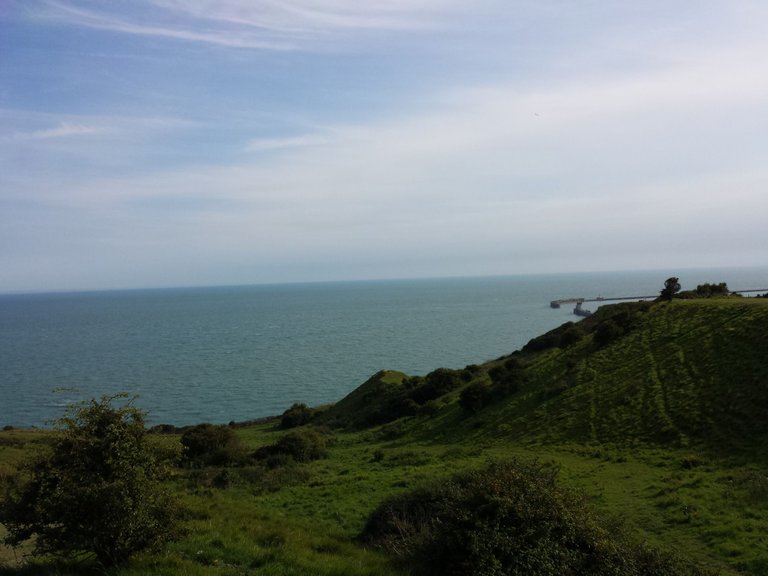
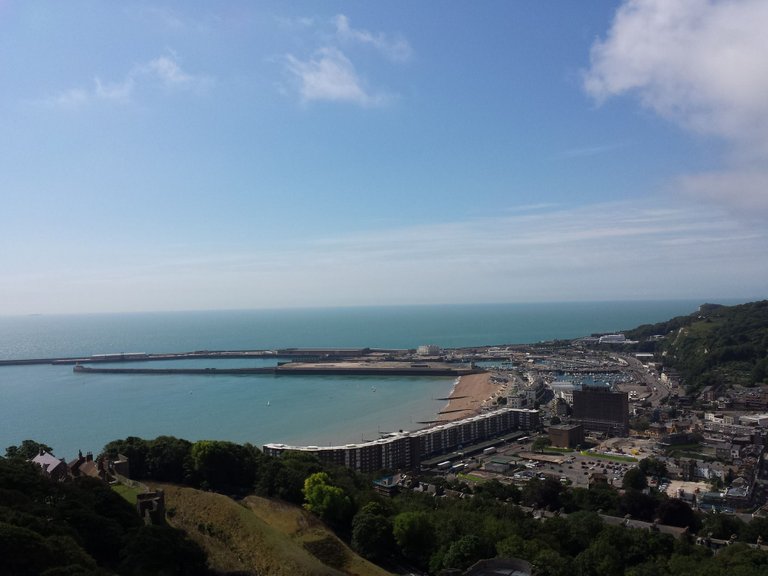
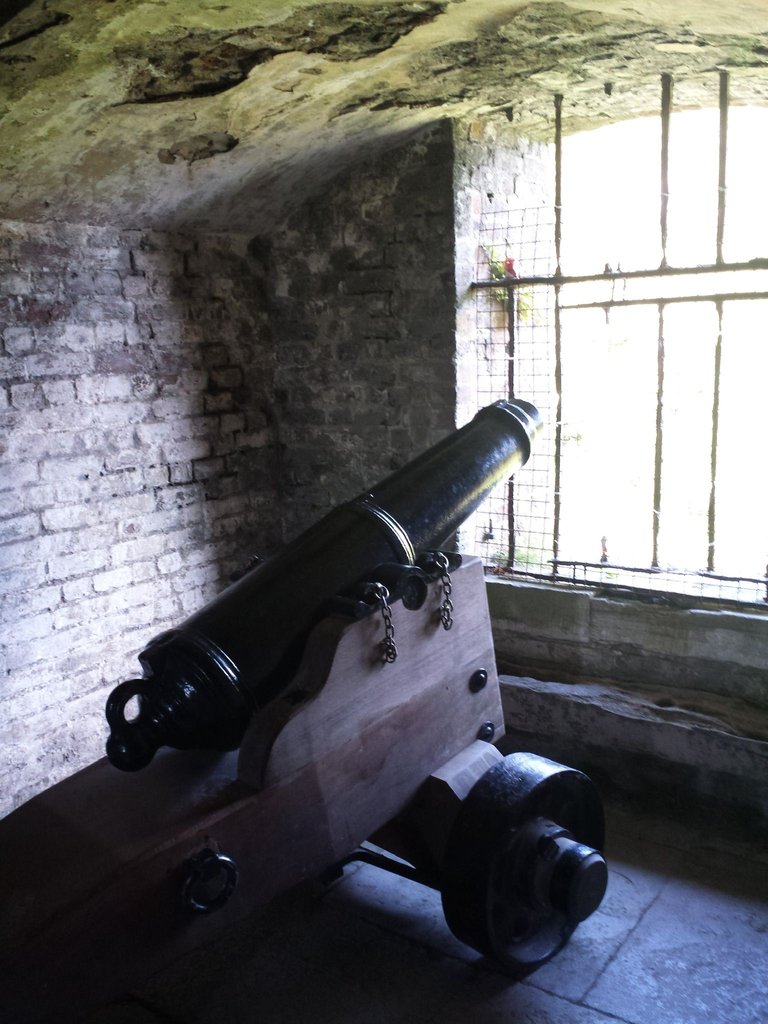
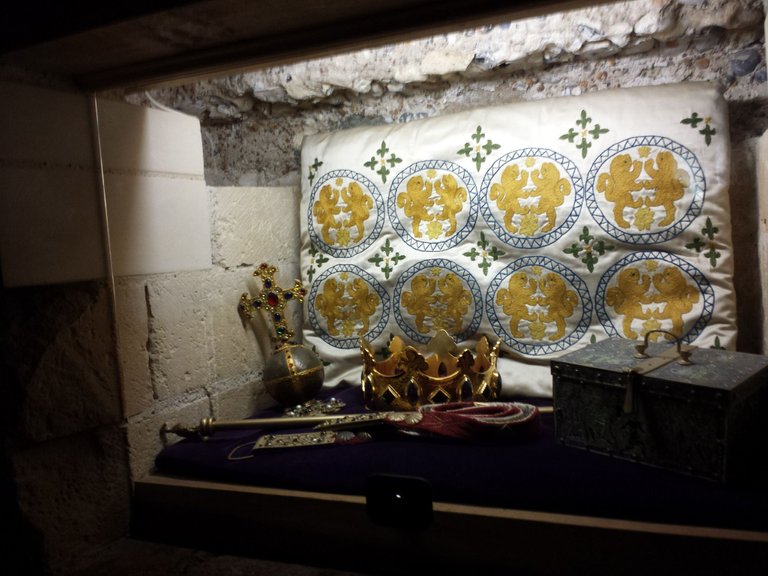
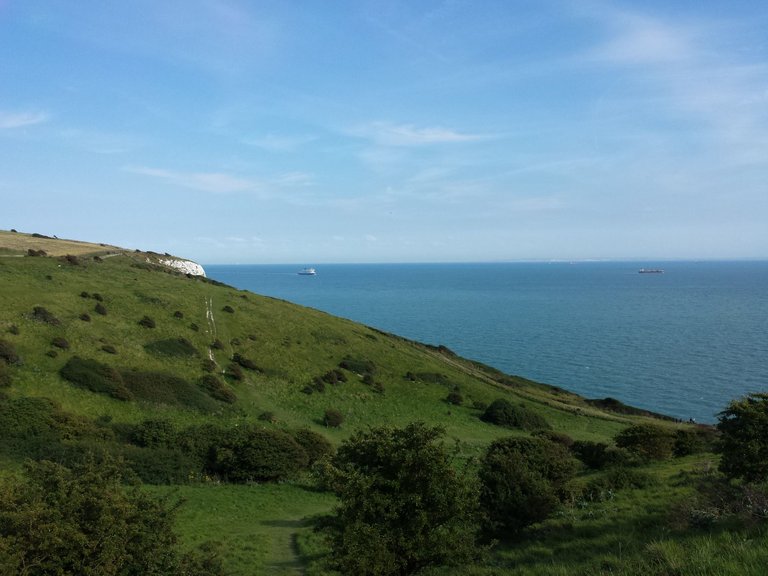
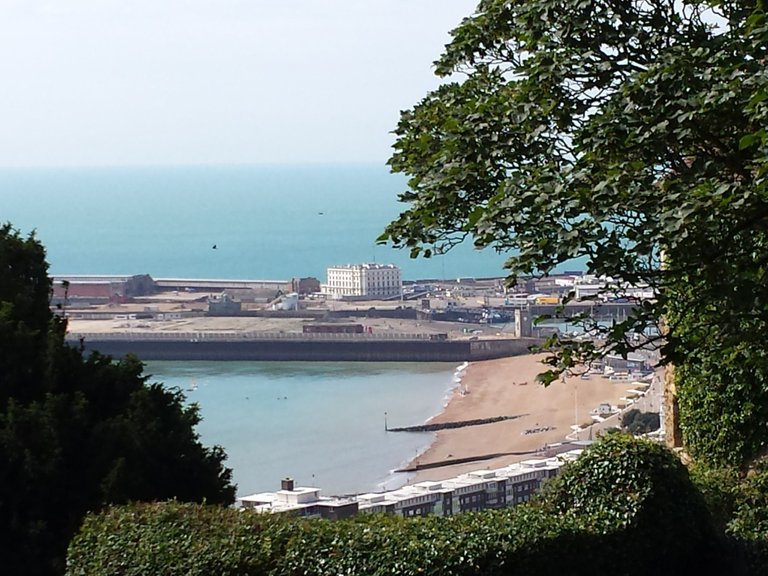
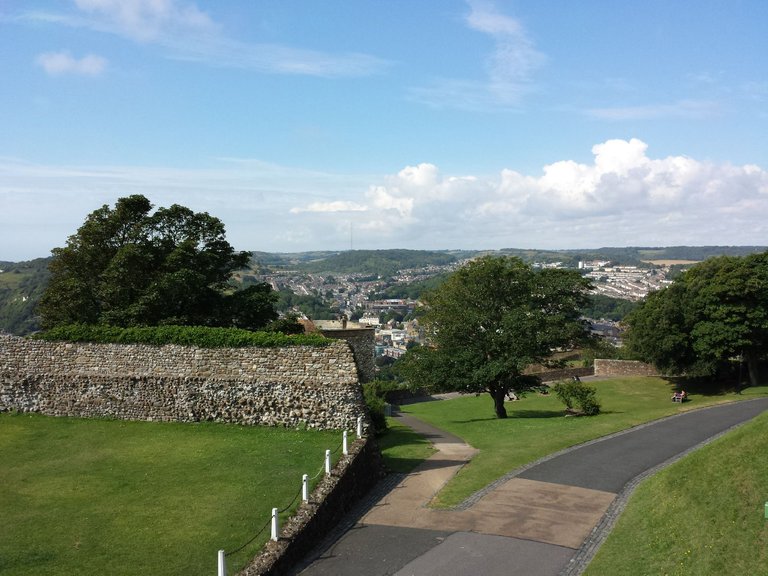
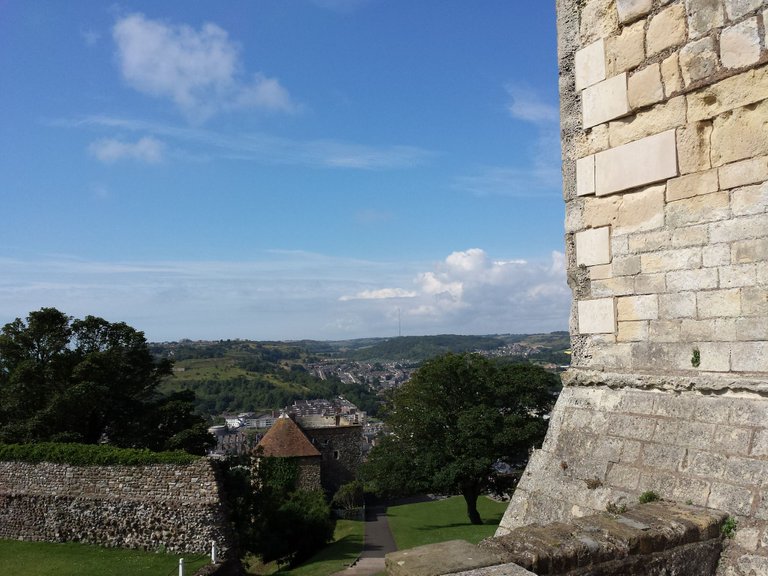
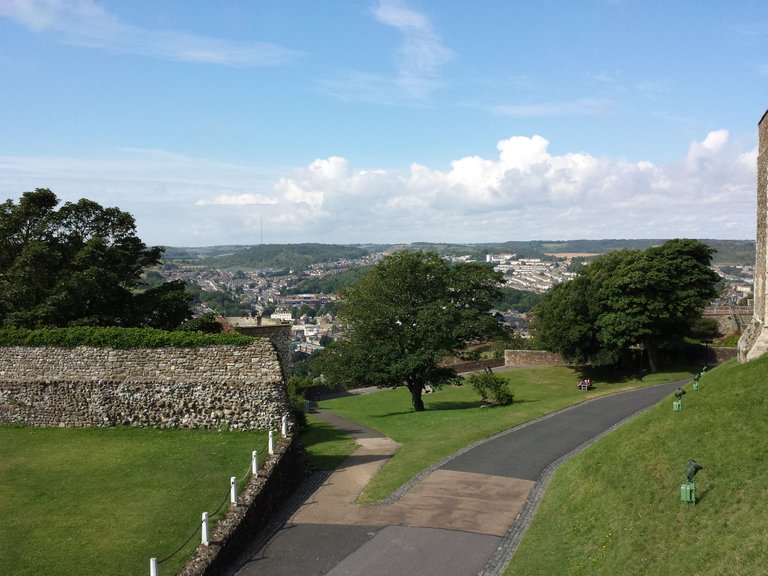
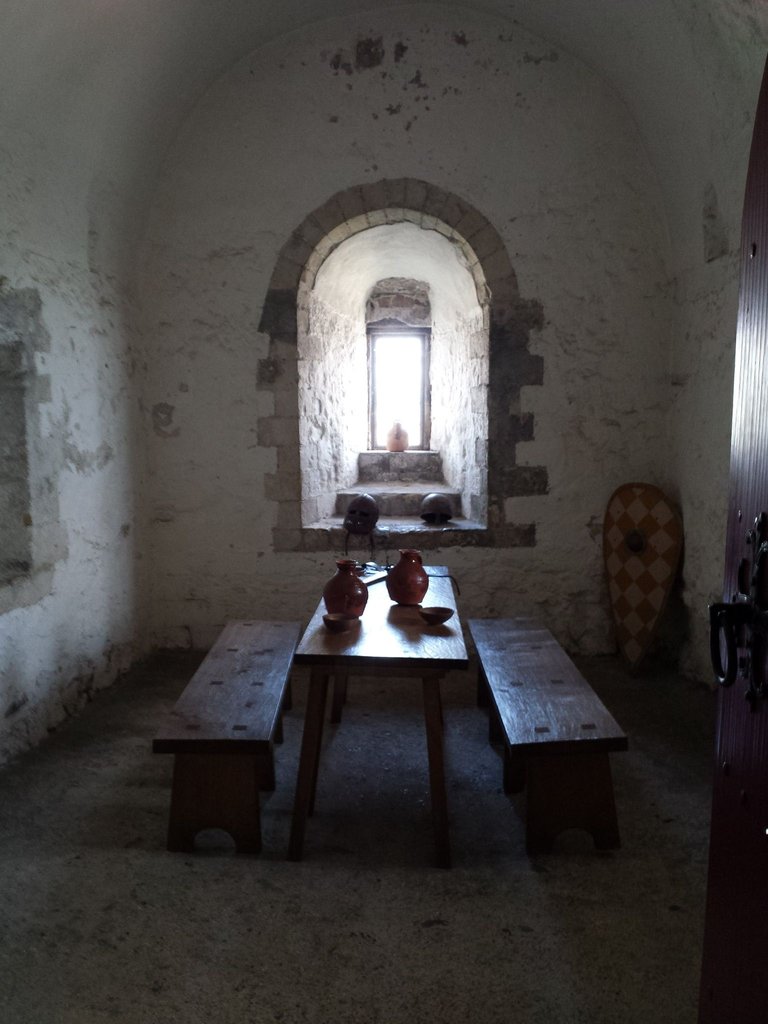
Cool. I've never been to the UK. The cliffs look quite a bit higher than the ones on the French side. The castle looks cool too. Its definitely in a good strategic position
yes, that's why it was called the key to England, because once you had the fortress under control, you were in a good position of power because you could "get into" England :) the cliffs were really high haha
Congratulations, your post has been added to Pinmapple! 🎉🥳🍍
Did you know you have your own profile map?
And every post has their own map too!
Want to have your post on the map too?
Congratulations @marytraveldiary! You have completed the following achievement on the Hive blockchain and have been rewarded with new badge(s):
Your next target is to reach 3250 upvotes.
You can view your badges on your board and compare yourself to others in the Ranking
If you no longer want to receive notifications, reply to this comment with the word
STOPCheck out the last post from @hivebuzz:
Support the HiveBuzz project. Vote for our proposal!
https://twitter.com/Steemadi_/status/1485729706003804160
The rewards earned on this comment will go directly to the person sharing the post on Twitter as long as they are registered with @poshtoken. Sign up at https://hiveposh.com.
Thank you for showing me @poshtoken and thank you @steemadi both for the support!:)
Nice you made it over to UK and went to Dover Castle as well.
Yeah UK has so much to offer, visiting the castle was more of a spontaneous decision that was definitely worth it! The background with the key to England and the rocks were very interesting.
Hiya, @LivingUKTaiwan here, just swinging by to let you know that this post made it into our Honorable Mentions in Daily Travel Digest #1455.
Your post has been manually curated by the @pinmapple team. If you like what we're doing, please drop by to check out all the rest of today's great posts and consider supporting other authors like yourself and us so we can keep the project going!
Become part of our travel community:
Very imposing to see these cliffs like this and I can imagine that this is a perfect place for defense. Is it known if this place played in role in the invasion of William the conqueror even though the castle had not been built at this time?
Your question is very interesting, I did some research, in fact, the place has played a not insignificant role. After the Battle of Hastings in 1066, the first place William the Conqueror stopped was the high ground above Dover harbor. Here he wanted to build a temporary castle (for the conquest of the rest of Britain and his base). I mean the origins of Dover Castle, in the Iron Age, go back to this temporary castle. Thanks for your comment so I also learned more!
That's very interesting. Thanks for checking 😀